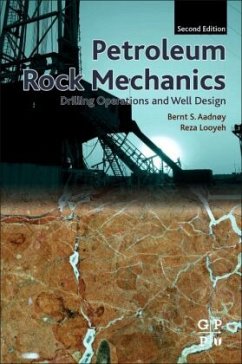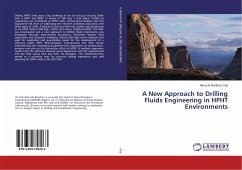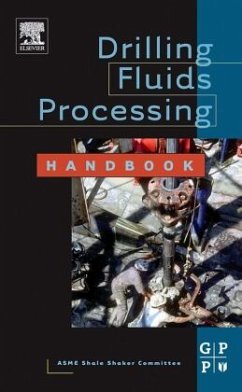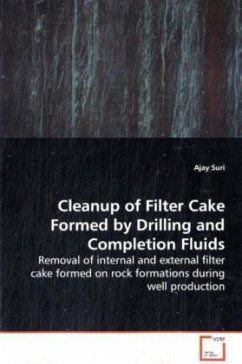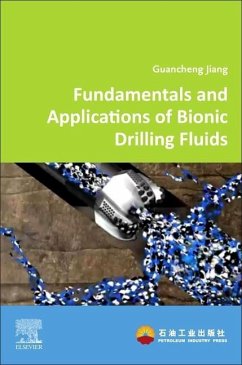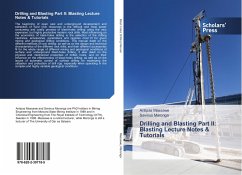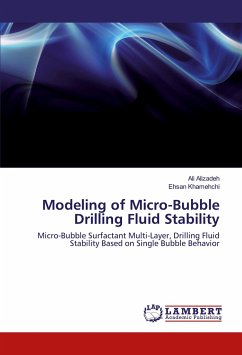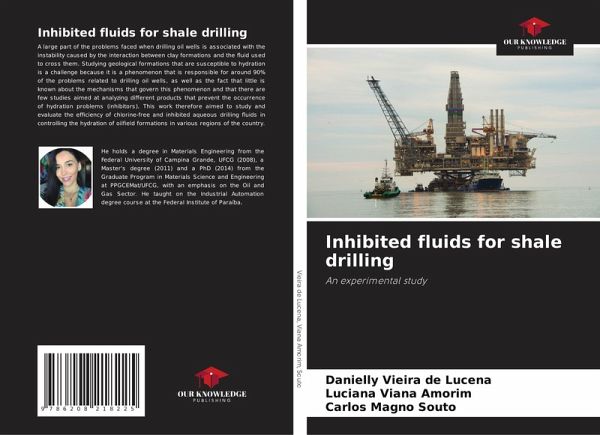
Inhibited fluids for shale drilling
An experimental study
Versandkostenfrei!
Versandfertig in 6-10 Tagen
47,99 €
inkl. MwSt.

PAYBACK Punkte
24 °P sammeln!
A large part of the problems faced when drilling oil wells is associated with the instability caused by the interaction between clay formations and the fluid used to cross them. Studying geological formations that are susceptible to hydration is a challenge because it is a phenomenon that is responsible for around 90% of the problems related to drilling oil wells, as well as the fact that little is known about the mechanisms that govern this phenomenon and that there are few studies aimed at analyzing different products that prevent the occurrence of hydration problems (inhibitors). This work ...
A large part of the problems faced when drilling oil wells is associated with the instability caused by the interaction between clay formations and the fluid used to cross them. Studying geological formations that are susceptible to hydration is a challenge because it is a phenomenon that is responsible for around 90% of the problems related to drilling oil wells, as well as the fact that little is known about the mechanisms that govern this phenomenon and that there are few studies aimed at analyzing different products that prevent the occurrence of hydration problems (inhibitors). This work therefore aimed to study and evaluate the efficiency of chlorine-free and inhibited aqueous drilling fluids in controlling the hydration of oilfield formations in various regions of the country.





